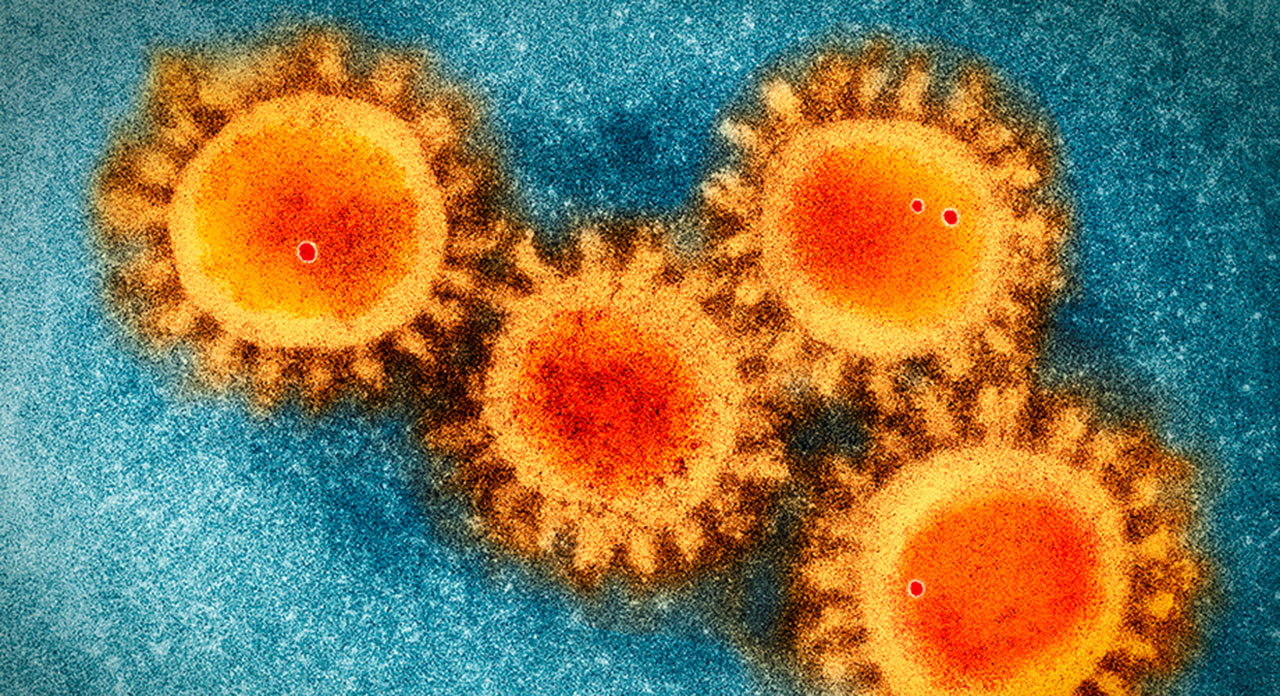Since the outbreak of coronavirus, there has been considerable discussion on the origin of the causative virus, SARS-CoV-2. A new study by The Scripps Research Institute based on genome sequence data from SARS-CoV-2 and related viruses hasn’t found any evidence that the virus was made in a laboratory or otherwise engineered.
For this study, scientists compared the available genome sequence data for known coronavirus strains. They firmly determined that SARS-CoV-2 originated through natural processes.
Coronaviruses are a large family of viruses that can cause illnesses ranging widely in severity. SARS-CoV-2 is the seventh coronavirus known to infect humans; SARS-CoV, MERS-CoV, and SARS-CoV-2 can cause severe disease, whereas HKU1, NL63, OC43, and 229E are associated with mild symptoms.
The first known severe illness caused by a coronavirus emerged with the 2003 Severe Acute Respiratory Syndrome (SARS) epidemic in China. A second severe disease outbreak began in 2012 in Saudi Arabia with the Middle East Respiratory Syndrome (MERS).
On December 31 of last year, Chinese authorities cautioned the World Health Organization of an outbreak of a novel strain of coronavirus causing severe illness, which was accordingly named SARS-CoV-2. As of February 20, 2020, about 167,500 COVID-19 cases have been documented, albeit a lot of progressively mild cases have likely gone undiagnosed. The virus has killed more than 6,600 people.
Shortly after the outbreak, Chinese scientists sequenced the genome of SARS-CoV-2 and made the data available to scientists worldwide. The data suggests that Chinese authorities rapidly detected the epidemic and that the number of COVID-19 cases has been increasing because of human-to-human transmission after a single introduction into the human population.
Scientists in this study used this sequencing data to explore the origins and evolution of SARS-CoV-2 by focusing in on several tell-tale features of the virus.
Scientists analyzed the genetic template for spike proteins, armatures on the outside of the virus that it uses to grab and penetrate the external wall of human and animal cells. More specifically, they focused on two essential features of the spike protein: the receptor-binding domain (RBD), a kind of grappling hook that grips onto host cells, and the cleavage site, a molecular can opener that allows the virus to crack open and enter host cells.
Scientists found that the RBD part of the SARS-CoV-2 spike proteins had evolved to viably target a molecular feature outwardly of human cells called ACE2, a receptor involved in regulating blood pressure. The SARS-CoV-2 spike protein was so powerful at binding the human cells.
This proof for natural evolution was upheld by data on SARS-CoV-2’s backbone—its overall molecular structure. On the off chance that somebody was trying to build a new coronavirus as a pathogen, they would have developed it from the foundation of the virus known to cause illness. In any case, the scientists found that the SARS-CoV-2 backbone varied significantly from those of definitely known coronaviruses and, for the most part, looked like related viruses found in bats and pangolins.
Kristian Andersen, Ph.D., an associate professor of immunology and microbiology at Scripps Research, said, “These two features of the virus, the mutations in the RBD portion of the spike protein and its distinct backbone, rule out laboratory manipulation as a potential origin for SARS-CoV-2.”
Josie Golding, Ph.D., epidemics lead at UK-based Wellcome Trust, said, “The findings are “crucially important to bring an evidence-based view to the rumors that have been circulating about the origins of the virus (SARS-CoV-2) causing COVID-19.”
Journal Reference:
- The proximal origin of SARS-CoV-2. DOI: 10.1038/s41591-020-0820-9
